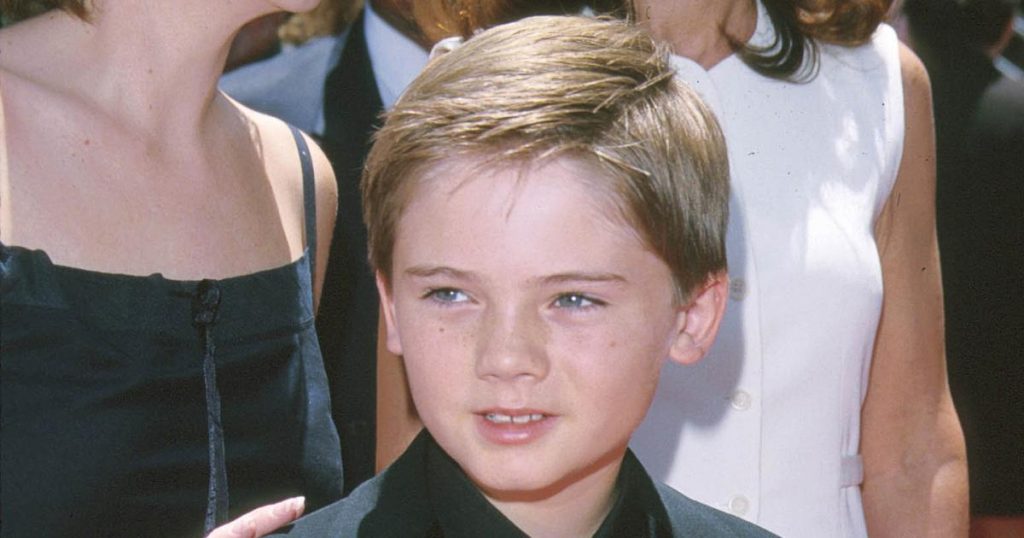Jake Lloyd, forever etched in cinematic history as the young Anakin Skywalker in “Star Wars: Episode I – The Phantom Menace,” has bravely navigated a challenging journey with schizophrenia. His story, marked by both the pressures of early fame and the complexities of mental illness, offers a poignant reminder of the human experience behind the silver screen. In a recent interview, Lloyd, now 35, reflected on his two-decade struggle, expressing optimism and gratitude for the support he has received. His journey, while arduous, underscores the importance of understanding, acceptance, and ongoing treatment for mental health conditions.
Lloyd’s diagnosis of schizophrenia, a chronic mental disorder affecting a person’s ability to think, feel, and behave clearly, came in 2016 following a 10-month incarceration. Complicating his condition was a diagnosis of anosognosia, a neurological condition characterized by an individual’s inability to recognize their own illness. This often leads to resistance to treatment, posing a significant hurdle in the recovery process. Lloyd candidly shared that accepting the need for continued treatment, therapy, and medication has been crucial to his progress. He described the stabilizing effect of his medication, offering him a sense of calm and control amidst the often-turbulent landscape of his illness.
The pressures of early fame, particularly the intense scrutiny that accompanies a role in a cultural phenomenon like “Star Wars,” undoubtedly played a role in Lloyd’s life. Despite the challenges, Lloyd maintains a positive outlook on his “Star Wars” experience, emphasizing the therapeutic connection he feels with fans. He expressed sincere appreciation for the support he has received and fondly recalled his time on the set of “The Phantom Menace.” His ability to find solace and healing in his connection with the “Star Wars” community speaks to the power of shared experiences and the positive impact fandom can have.
Lloyd’s mother, Lisa Lloyd, has been a constant source of support throughout his journey. She has openly shared her observations of his struggles, beginning with subtle changes in his personality during high school. She recounted his early expressions of experiencing alternate realities, a sign of the emerging mental health challenges he would later face. Lisa played a crucial role in seeking help for her son, and her unwavering support has been instrumental in his progress. She expressed relief and joy at his improvement, noting his increased sociability and a return of his characteristically outgoing personality.
The trajectory of Lloyd’s illness involved a period of inpatient treatment at a mental health facility, followed by a transition to a rehabilitation center. This phased approach to care underscores the importance of comprehensive and individualized treatment plans for individuals with schizophrenia. The initial inpatient stay provided a structured environment for stabilization and intensive therapy, while the subsequent rehabilitation phase focused on developing coping mechanisms and reintegrating into the community. Lloyd’s willingness to engage in these various levels of care reflects his commitment to his recovery and his recognition of the ongoing support he requires.
Lloyd’s story offers a valuable glimpse into the complexities of living with schizophrenia. It highlights the importance of early intervention, consistent treatment, and the unwavering support of family and community. His positive outlook, despite the challenges he has faced, serves as an inspiration and a testament to the resilience of the human spirit. Furthermore, his journey emphasizes the need for continued destigmatization of mental illness and the importance of creating a culture of understanding and acceptance for those struggling with these conditions. His experience also sheds light on the specific challenges faced by child actors, who often navigate the pressures of fame and public scrutiny at a young age, highlighting the need for support systems tailored to their unique circumstances.

